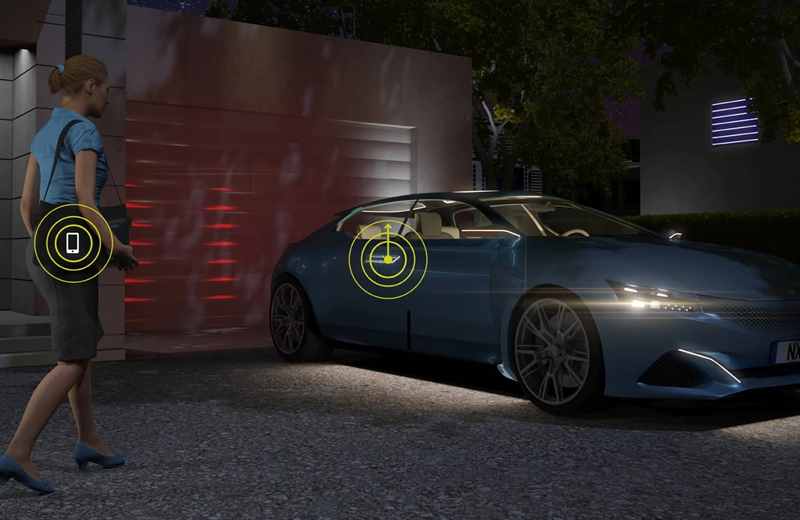There are thousands of types of radar, and the next step is to briefly introduce one of them – ultra-wideband radar.
Ultra-wideband radar has the characteristics of large bandwidth. Compared with conventional narrow-band radar systems, ultra-wideband radar has the following superior performance:
3.1 Strong anti-interference performance
The ultra-wideband radar system has a large processing gain, and the weak radio pulse signal is dispersed in a wide frequency band when transmitting, and the output power is even lower than the noise generated by ordinary equipment. When receiving, the signal energy is restored, and the spreading gain is generated in the process of despreading. Compared with conventional radar systems, it has a stronger anti-jamming capability.
3.2 UWB Radar has the characteristics of both low-frequency and wide frequency
It has a strong penetrating ability to the ground surface and leaves and can detect hidden targets in the woods.
3.3 Radar signals have extremely high distance resolution
Due to the relatively large bandwidth of the ultra-wideband radar, many scattering points of the target can be resolved, and the echo signals of these scattering points can be accumulated to improve the signal-to-noise ratio, and its resolution can reach the order of centimeters.
3.4 Has good target recognition ability
Due to the short time for the radar to emit pulses, the responses of different regions of the target can be separated, and the characteristics of the target can be highlighted so that the target can be identified. In addition, with the help of the wide-spectrum characteristics of the signal, many response modes of the target can be stimulated, which also increases the target recognition ability of the radar.
3.5 Ultra-short-range detection capability
Traditional radars have blind spots when detecting short-range targets, while the minimum detection distance of ultra-wideband radars is roughly equal to the distance resolution. This feature makes ultra-wideband radars have ultra-short-range detection capabilities.




